“Even if we succeed in balancing value, (the chip) may not be useful temporarily, but we still have to keep going. Once the company has a strategic loophole, we are not talking about a loss of hundreds of billions of dollars, but thousands of billions of dollars. Our company has accumulated so much wealth, and this wealth may be the reason that others get stuck and ultimately fail. … This is the strategic banner of the company, and it cannot be moved.” — Ren Zhengfei
When it comes to Huawei’s self-developed chips, the first thing that comes to mind is definitely the HiSilicon Kirin series. Indeed, it is because of the self-developed mobile chip — HiSilicon Kirin, that Huawei can quickly occupy the market high ground and become the NO1 in the Chinese mobile phone industry.
The HiSilicon Kirin chip is the confidence that Huawei has to stand shoulder to shoulder with Apple and Samsung. So when did HiSilicon Kirin start to develop, and what kind of experience does it have? Below, the author will briefly describe the bumpy road of Huawei HiSilicon Kirin chip research and development. Before discussing, we need to understand the manufacturing process of chips.
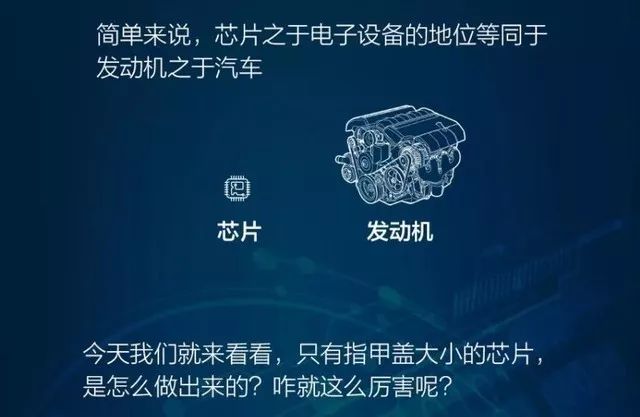
01 Chip Manufacturing: The Qualitative Change of a Grain of Sand
How is a chip designed? How is the designed chip produced? I hope that after reading this article, you will have a general understanding.
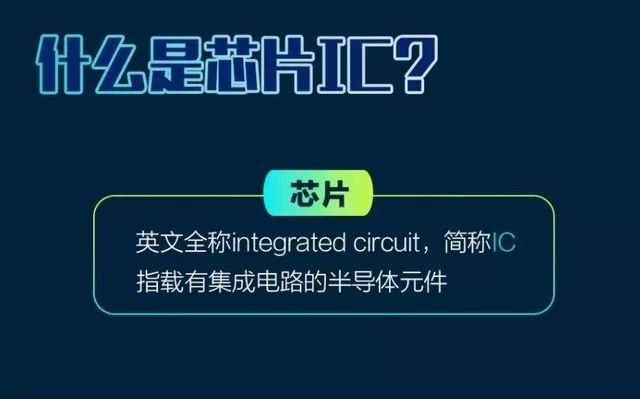
Silicon (SiO2) — The Foundation of Chips
A chip that looks only as big as a fingernail contains tens of millions or even hundreds of millions of transistors, which is incredible to think about. How is this achieved in engineering?
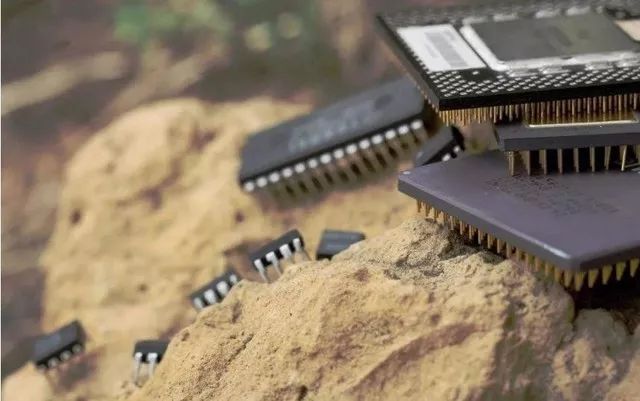
The main component of the chip is silicon. Silicon is the second most abundant element in the Earth’s crust, and deoxygenated sand (especially quartz) contains up to 25% silicon, existing in the form of silicon dioxide (SiO2).
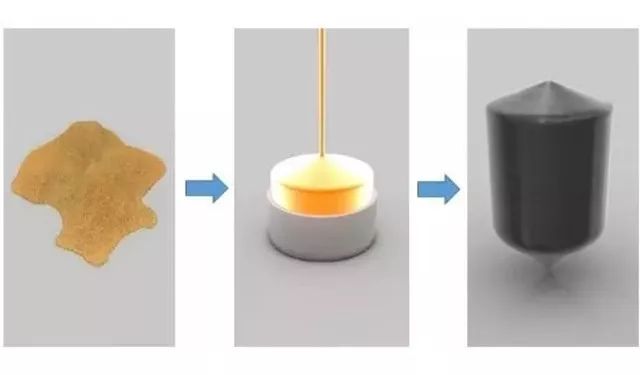
Silicon Ingot
Silicon (SiO2) has always been regarded as the foundation of the semiconductor manufacturing industry because it can be made into a substance called a wafer. First, we need to purify and melt the silicon through multiple steps to turn it into a silicon ingot (Ingot). Then, we cut the silicon ingot with a diamond saw to become uniformly thick wafers.
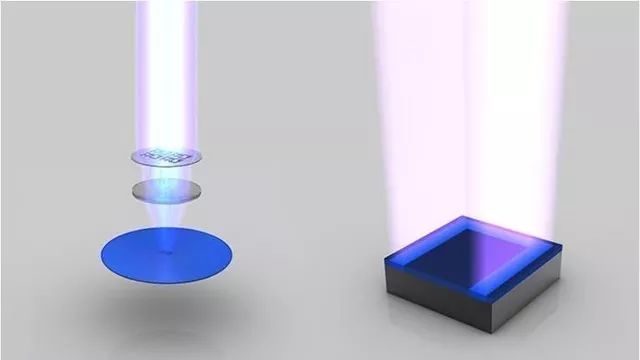
The photoresist layer is exposed under ultraviolet (UV) light through a mask, forming a circuit pattern.
Next, we need a substance called photoresist to cover its surface. The photoresist layer is then exposed under ultraviolet (UV) light through a mask, becoming soluble, during which a chemical reaction occurs. The mask is printed with a pre-designed circuit pattern; when ultraviolet light passes through it and hits the photoresist layer, it will form the circuit pattern of each layer of the microprocessor.
Transistor Formation
At this step, we still need to continue pouring photoresist, then photolithograph, and wash away the exposed parts. The remaining photoresist is used to protect the parts that will not be ion-implanted.
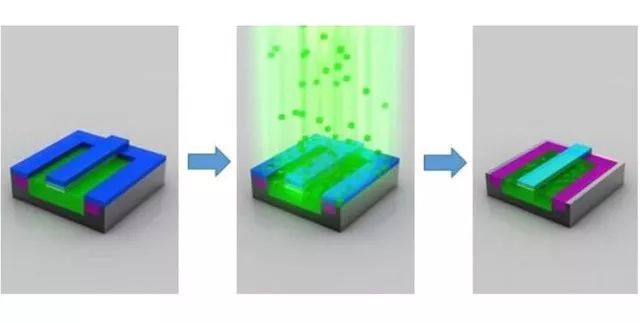 Transistor formation process
Transistor formation processThen comes the important ion implantation process. In a vacuum system, ions of doped atoms are accelerated and irradiated onto solid materials, forming a special implanted layer in the implanted area, thus altering the conductivity of the silicon in those areas.
After ion implantation is completed, the photoresist is also removed, and the implanted area (green part) has been doped with different atoms. At this point, the transistor is basically complete.
Wafer Slicing and Packaging
Then we can start electroplating it. The method is to electroplate a layer of copper sulfate on the wafer, depositing copper ions onto the transistors. Copper ions will move from the positive electrode (anode) to the negative electrode (cathode). After electroplating, copper ions are deposited on the surface of the wafer, forming a thin layer of copper.
The excess copper needs to be polished off, smoothing the surface of the wafer. Then we can start building the metal layers. At the transistor level, the combination of six transistors is about 500nm. A composite interconnect metal layer is formed between different transistors, and the specific layout depends on the functional design of the corresponding processor.
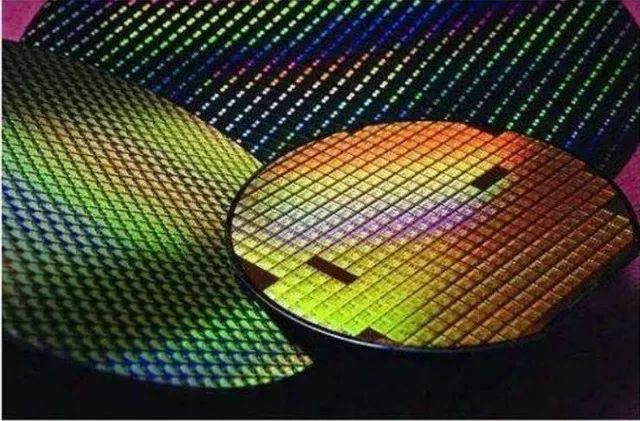
Wafer
The surface of the chip looks exceptionally smooth, but in fact, when magnified, you can see an extremely complex circuit network, comparable to a complex highway system.
Next, the wafer undergoes functional testing, and after completion, wafer slicing (Slicing) begins. The intact slice is the core (Die) of a processor, while the defective cores during testing will be discarded.

Finally, after packaging, grading tests, and then being packaged, we see the chips.
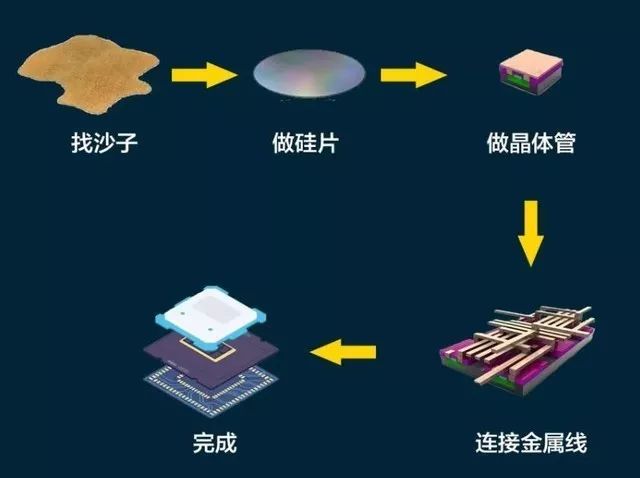
Diagram of the processor manufacturing process
In simple terms, the manufacturing process of a processor can be roughly divided into many steps, including raw materials (quartz), silicon ingots, wafers, photolithography, etching, ion implantation, metal deposition, metal layers, interconnections, wafer testing and slicing, core packaging, grading tests, and market packaging, and each step contains more detailed processes.
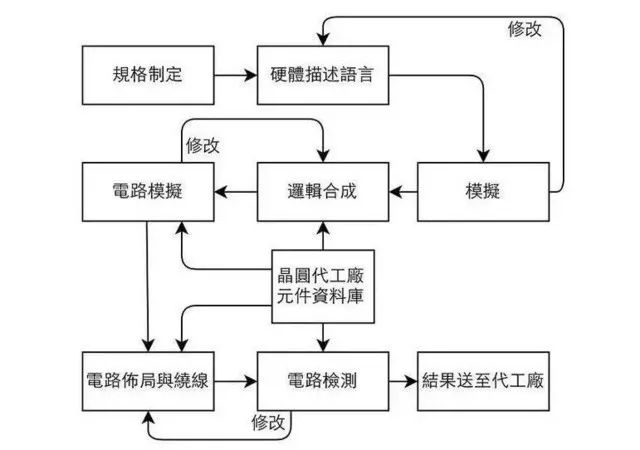
Chip Design
The chip manufacturing discussed here is so complex, not to mention the initial chip function design by engineers. From this, we can also imagine that the development of Huawei HiSilicon Kirin has not been easy. Now let’s briefly discuss its development history.
02 HiSilicon Kirin Development History
Beginning: Focusing on Consumer Electronics Chips
When talking about Kirin, one cannot avoid mentioning HiSilicon Semiconductor Company, which was established in October 2004, its predecessor being Huawei’s Integrated Circuit Design Center established in 1991. This moment marked the beginning of Huawei’s battle for self-developed chips. For more than a decade since then, the company has been committed to designing and producing ASICs.
Ren Zhengfei had a far-sighted vision and made a bold decision for Huawei to make its own mobile chips. Looking back now, this was indeed a great decision. It is not an exaggeration to say that half of Huawei’s success is due to HiSilicon.

Huawei President Ren Zhengfei
After its official establishment, the HiSilicon team mainly focused on three parts of business: system equipment, mobile terminal business, and external sales. Due to long-term cooperation with telecommunications giants, HiSilicon’s 3G chips achieved great success globally, and the accumulation in the telecommunications field laid an important foundation for the later success of Huawei HiSilicon.
Veteran Dai Hui once mentioned that the head of the PSST committee (Products and Solutions Scheme Team) was Xu Zhijun, who managed HiSilicon from a strategic level. For many years afterward, he was the sponsor and behind-the-scenes boss of HiSilicon.
Xu Wenwei, who has since taken up the role of President of the European region, also concurrently served as the President of HiSilicon, participating in strategic decision-making and providing market demand from a market perspective. The specific work of HiSilicon was handled by He Tingbo and Ai Wei, with He Tingbo later becoming the head of HiSilicon and Ai Wei in charge of marketing.
When it was established in 2004, it mainly produced some industry-use chips for supporting networks and video applications and did not enter the smartphone market.
Development and Maturity
Of course, chip research and development is not something that can produce results in a few days. Although officially established in October 2004, it wasn’t until 2009, five years later, that Huawei launched its first mobile chip, named K3V1. However, due to the immaturity of the first product in many aspects, it ultimately failed due to its own research and development strength and market reasons.
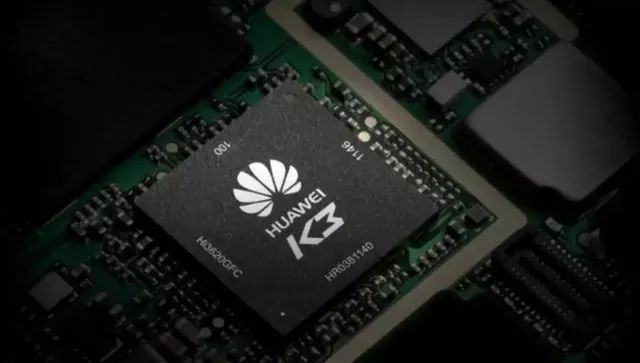
In 2012, Huawei released the K3V2, claiming to be the world’s smallest quad-core ARM A9 architecture processor, integrating the GC4000 GPU and using a 40nm process. This chip received high attention from Huawei’s mobile phone department and was directly commercialized in products such as Huawei P6 and Huawei Mate1, which were positioned as flagship products.
However, due to severe overheating and poor GPU compatibility, this chip was criticized by many netizens. Nevertheless, Huawei persisted in using this chip in several mobile phones, despite being ridiculed. Subsequently, Huawei began its arduous research.
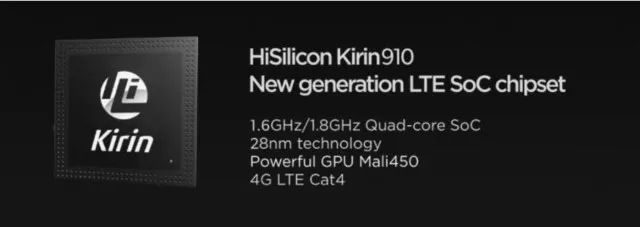
After two years of technological accumulation, in early 2014, HiSilicon released the Kirin 910, marking a change in the chip naming convention. It was the world’s first quad-core mobile processor, using the Mali-450MP4 GPU.
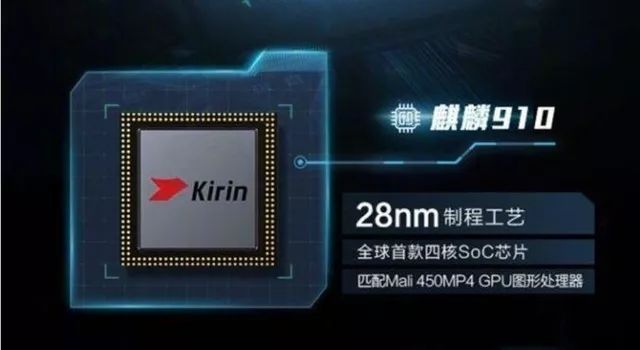
Kirin 910
It is worth mentioning that the Kirin 910 integrated Huawei’s self-developed Balong 710 baseband for the first time, upgraded the process to 28nm, and switched the GPU to Mali. The launch of Kirin 910 coincided with the release of the upgraded version of Huawei P6, P6s. This marked a historic turning point for the HiSilicon platform and laid the foundation for the future success of its products.
In June 2014, with the release of Honor 6, Huawei introduced the Kirin 920, which was another significant progress and a new milestone.
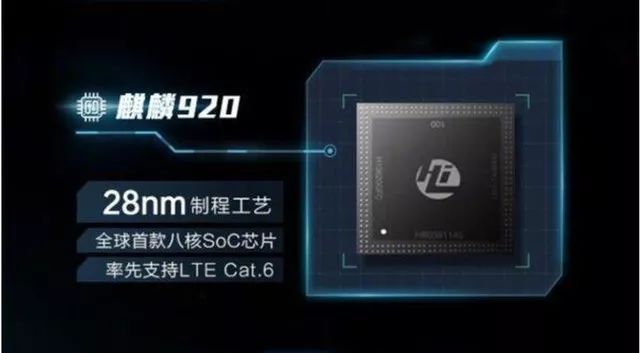
Kirin 920
As a 28nm octa-core SoC, it also integrated audio chips, video chips, and ISP, and included the first self-developed LTE Cat.6 Balong 720 baseband, making Honor 6 the world’s first mobile phone to support LTE Cat.6. Starting from the Kirin 920, Kirin chips received extensive recognition, and the Honor 6 equipped with this chip became a huge success, as evidenced by its sales.
In the same year, HiSilicon also introduced the slightly upgraded Kirin 925 and Kirin 928, mainly focusing on frequency improvements and the integration of co-processors. The 925 chip was used in Huawei Mate 7, creating a history of high-end flagship in the domestic 3000 price range, with global sales exceeding 7.5 million. At this moment, Kirin chips finally caught up with the development pace of Huawei mobile phones!
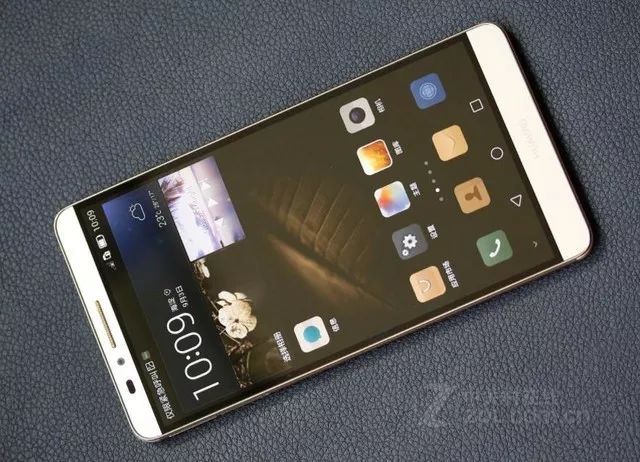
Huawei Mate 7
Huawei Mate 7 and new models from Apple and Samsung were released in the same month. At that time, Huawei did not have much confidence in rashly entering the high-end market, but unexpectedly, both Apple and Samsung encountered problems at critical moments.
Notably, Apple faced issues due to the Hollywood hacking scandal and not having servers in China, raising security concerns about where information was sent. Of course, they have now set up servers in Guizhou.
In addition to the 9 series processors, in December 2014, HiSilicon introduced the mid-range 6 series, launching the Kirin 620 chip. It was the first 64-bit chip from HiSilicon, integrating the self-developed Balong baseband, audio, and video decoding components.
This chip was used in products such as Honor 4X and Honor 4C, with Honor 4X becoming Huawei’s first mobile phone to sell over 10 million units. HiSilicon was trying to prove to the public that it could not only produce high-performance high-end chips but also manage power consumption balance in mid-range chips.
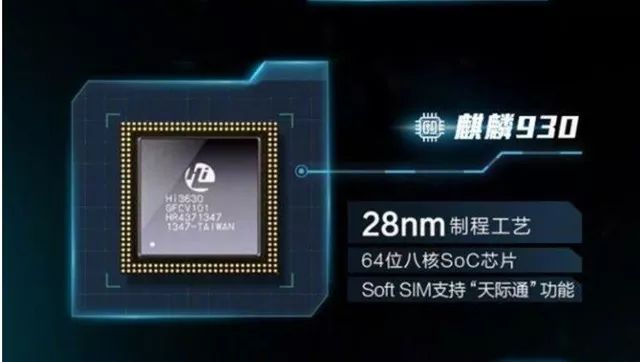
Kirin 930
In March 2015, the Kirin 930 and 935 chips were released. This series of chips did not have many highlights, still using the 28nm process, but HiSilicon cleverly avoided the overheating issues of the immature A57 architecture and instead used the A53 architecture with improved frequency and high energy efficiency. Leveraging this power consumption advantage and the overheating problem of Qualcomm 810, the Kirin 930 series made a successful comeback.
In May of the same year, the upgraded Kirin 650 was released, which was the world’s first mid-range chip using 16nm technology. It was the first SoC chip from HiSilicon to integrate CDMA for full network access, debuting in Honor 5C. Later, we also saw the slightly upgraded Kirin 650 and the polished Kirin 659.
In November 2015, the Kirin 950 was launched, debuting in Huawei Mate 8. Unlike before, this time HiSilicon adopted a 16nm process, integrating the self-developed Balong 720 baseband, the first dual-core 14-bit ISP, and an i5 co-processor, making it a highly integrated SoC.
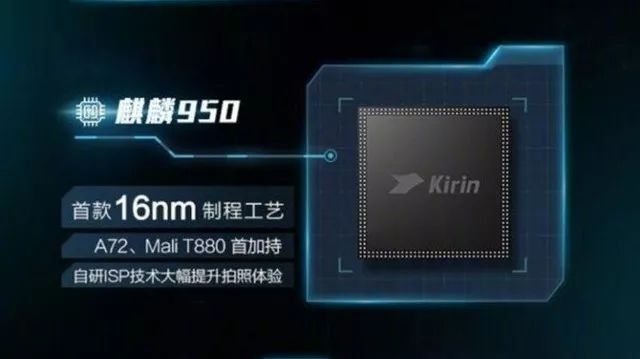
Kirin 950
It was also the world’s first SoC with A72 architecture and Mali-T880 GPU. Thanks to its technological advantage, the Kirin 950 performed excellently, receiving many positive reviews from consumers, except for GPU experience.
On October 19, 2016, the Huawei Kirin 960 chip was officially unveiled at the autumn media communication conference in Shanghai. The Kirin 960 was the first to be equipped with ARM Cortex-A73 CPU cores, with A53 as the small core and Mali G71 MP8 as the GPU. In terms of storage, it supports UFS2.1, although it was somewhat regrettable that it still used the 16nm process.

Kirin 960
However, starting with the Kirin 960, the Kirin 9 series addressed the GPU performance shortfall, significantly improving the GPU performance of Huawei/Honor mobile phones. In terms of gaming performance, it was no longer a major shortcoming of Kirin chips. The Kirin 960 debuted in the Huawei Mate 9 series and was later used in products such as Honor V9.
On September 2, 2017, at the International Consumer Electronics Show in Germany, Huawei released the artificial intelligence chip Kirin 970, which was the first to adopt TSMC’s 10nm process, on par with Qualcomm’s latest Snapdragon 835 chip in terms of process.
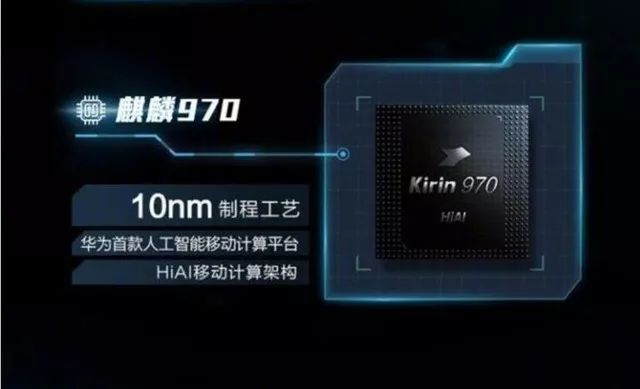
Kirin 970
However, integrating 5.5 billion transistors is far more than Qualcomm’s 3.1 billion and Apple’s A10’s 3.3 billion, resulting in a 20% reduction in power consumption. AI is the “brain” of the Kirin 970, with core technology in processing massive amounts of data. The release of this chip elevated Huawei to the ranks of top chip manufacturers.
In the first half of 2018, the Huawei P20 Pro, equipped with Kirin 970, received unanimous praise for its outstanding photography performance. At that time, the P20 and P20 Pro had become the leaders in mobile photography, consistently topping professional camera review sites like DXO.
Looking at the present, the Kirin 980 processor, the world’s first 7nm processor, has garnered much attention. With a maximum frequency of up to 2.6GHz, fully upgraded CPU, GPU, and new dual-core NPU, along with GPU Turbo support, this has made Huawei Mate 20 shine.
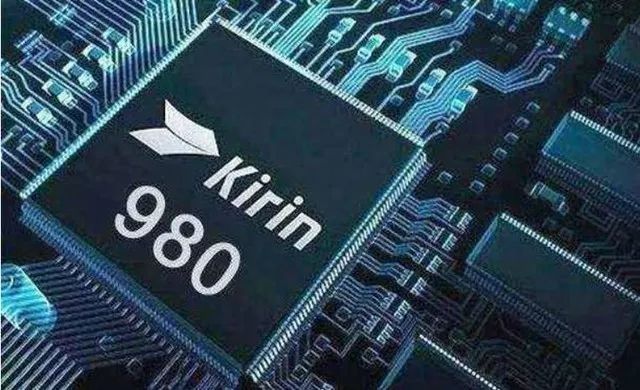
Kirin 980
Of course, there are some HiSilicon Kirin chips not mentioned in this article. Here, we mainly talked about the flagship chips in the Kirin 9 series. The new Kirin 710 and 810 are also familiar to everyone. In summary, Huawei HiSilicon Kirin’s self-developed path is still long, but it can be anticipated that Huawei will continue to forge ahead, overcoming obstacles.
Finally, regarding the latest news for all Huawei fans, there are two major events in the second half of the year: one is the debut of Kirin 990, and the other is the subsequent release of the new flagship Huawei Mate 30 series. Now, Huawei’s official news states that on September 6, the IFA 2019 exhibition will unveil heavy new products, which will likely be the Kirin 990.
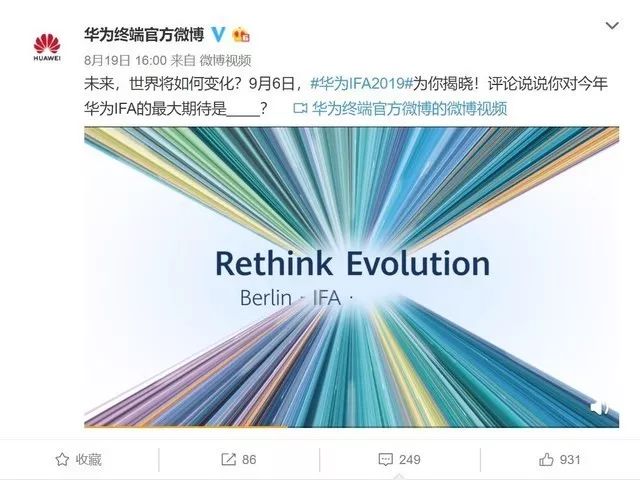
Official screenshot from Huawei terminals
According to previous news, the Kirin 990 will adopt TSMC’s 7nm EUV process and will very likely integrate a 5G baseband for the first time. It is expected that apart from process upgrades, the Kirin 990 will continue to enhance performance based on Kirin 980, and is also expected to adopt the self-developed Da Vinci architecture NPU, which has already been used in Kirin 810.
Final Thoughts
Along the way, HiSilicon’s mobile chips have started from scratch, from being heavily criticized to now being among the industry leaders, making substantial investments in research and development. There have been honors and setbacks, and I hope that more Chinese companies can be like HiSilicon Kirin, persevering, accumulating, and achieving mastery of key technologies as soon as possible.
As for what highlights Huawei will bring us with the upcoming Kirin 990, we do not yet know, and we will have to wait for the press conference to reveal it. In the face of the unknown, let’s look forward to it.
